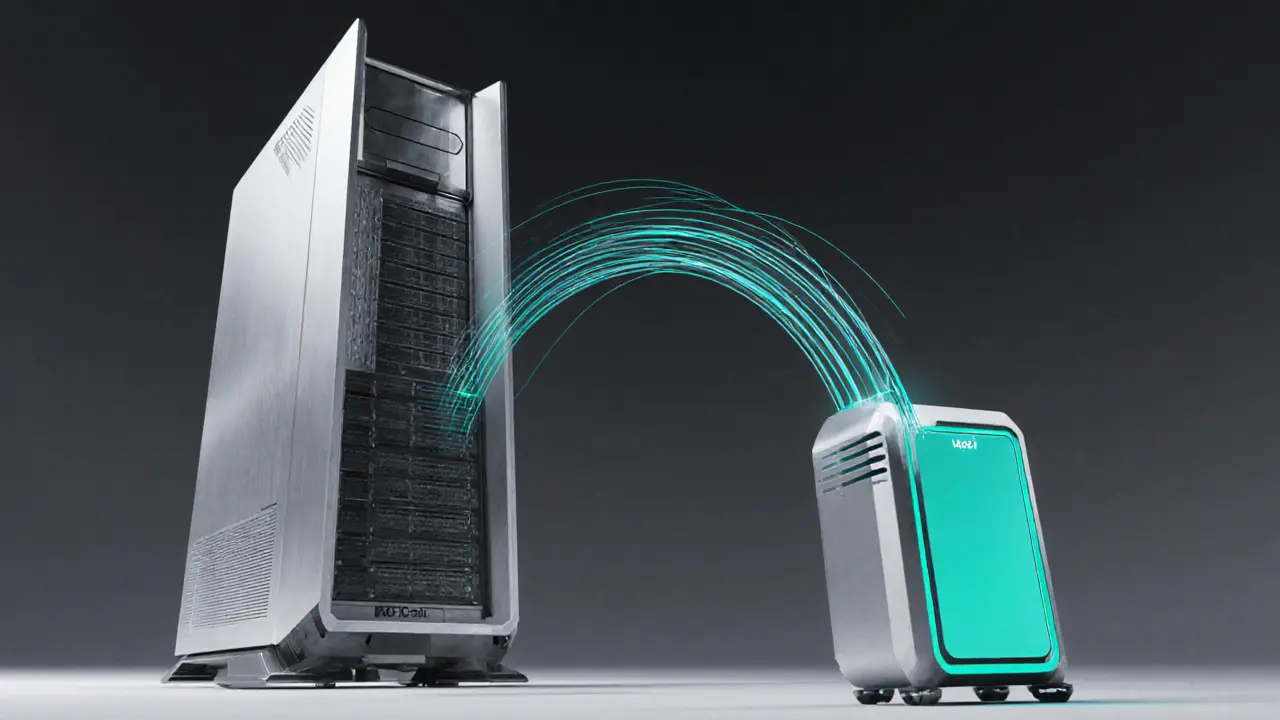Mainchain: Understanding the Core of Blockchain Networks
When talking about mainchain, the primary ledger that secures and orders all transactions in a blockchain ecosystem. Also known as primary chain, it acts as the backbone for everything from token swaps to decentralized apps. The mainchain mainchain sets the security rules, defines the consensus algorithm, and stores the ultimate state of the network, so every side‑chain or layer‑2 solution must reference it.
One major evolution is the modular blockchain, an architecture that splits execution, settlement, data availability, and consensus into separate layers. This design lets developers pick the best tool for each job: a fast execution layer for smart contracts, a robust settlement layer for finality, and a scalable data availability layer for storage. Because the modular approach still leans on a single mainchain for final settlement, it boosts scalability without sacrificing security. In practice, projects like the one detailed in our "Understanding Modular Blockchains" article show how this split reduces latency and lowers fees.
Every crypto exchange, a platform where users trade digital assets depends on the mainchain to verify deposits, process withdrawals, and list new tokens. Exchanges pull block data directly from the mainchain, match orders in their own order books, and then settle on the chain. This relationship means that any change in mainchain consensus or fee structure ripples through exchange pricing, liquidity, and user experience. Our "Gate.io Review 2025" and "Glide Finance Review" pieces illustrate how fee models on the mainchain affect trading costs across different venues.
In the world of DeFi lending, a set of protocols that let users borrow and lend crypto without intermediaries, the mainchain provides immutable proof of collateral and repayment. When you lock assets in a lending pool, the protocol writes that state to the mainchain, ensuring that no single party can tamper with your balance. This trustless foundation also enables advanced features like flash loans and yield farming, which we break down in the "Why DeFi Lending Beats Traditional Loans" guide. Because DeFi protocols settle on the same mainchain, they can share liquidity and composability, creating a vibrant ecosystem of interconnected services.
Underlying all these use cases is tokenomics, the economic design of a cryptocurrency. Tokenomics defines supply caps, distribution schedules, and incentive mechanisms that drive user behavior on the mainchain. For example, airdrops like the RING token or BNSx (Ordinals) rely on mainchain snapshots to determine eligibility, while exchange listings depend on tokenomics to assess market demand. Understanding tokenomics helps traders evaluate risk, spot growth opportunities, and avoid scams—insights you’ll find across our coverage of tokens such as STEMX, Axiome, and Zenith Coin.
Below, you’ll find a curated set of guides, reviews, and deep dives that illustrate how the mainchain powers everything from regional regulations and exchange fees to emerging token projects and DeFi innovations. Dive in to see real‑world examples, step‑by‑step tutorials, and the latest analysis that will help you navigate the blockchain landscape with confidence.
How Sidechains Connect to Mainblockchains: Mechanics, Security, and Use Cases
Learn how sidechains connect to main blockchains, covering two‑way pegs, bridge types, security risks, performance trade‑offs, and implementation steps.
VIEW MORE
